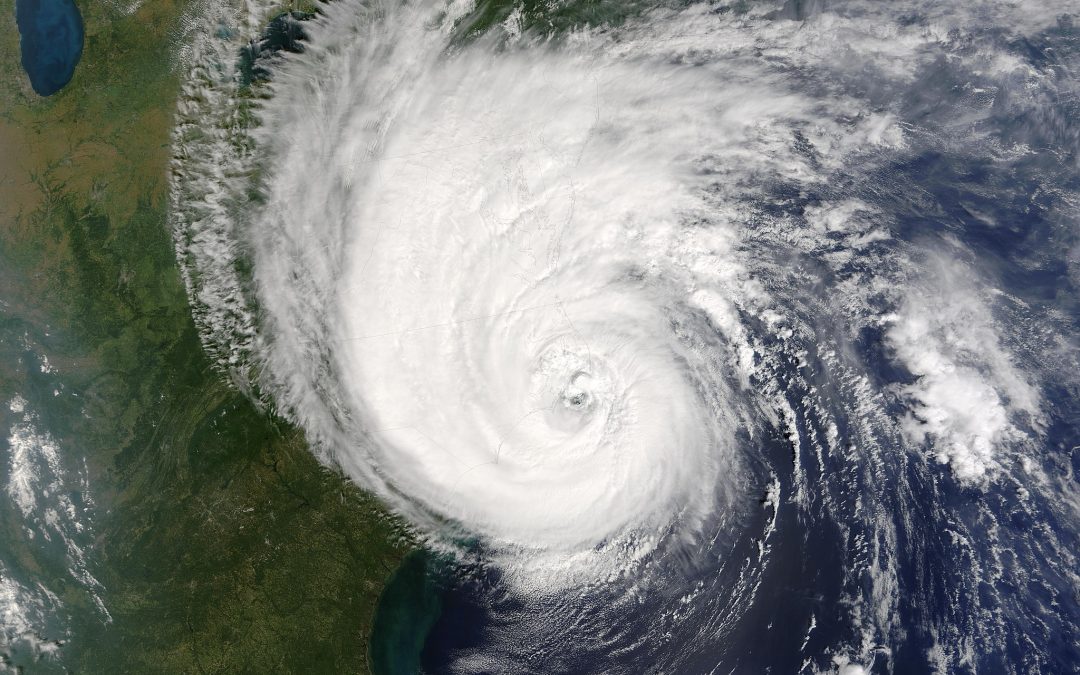The Bermuda Triangle
Forget about it! Enjoy your cruise.
By Diane Barile
The whole thing started as the last mission before graduation from Advanced Training for a group of Navy and Marine pilots. The story of the five Avenger bombers, called Flight 19, grew to not only an unsolved military quandary, but a source of folklore and fear. The designation of a swathe of the Atlantic as a danger zone is imprinted on the minds of us all. But what really happened?
Missions followed repeatedly every day with instructors was Navigation Problem 1 not only to teach Overwater Navigation, but to include a low level torpedo bombing run at Hen and Chickens Rocks east of home base, Naval Air Station, Ft. Lauderdale. After the torpedo run, the pilots were to test their aerial navigation skills by dead reckoning. For example, this meant flying along a theoretical line, with prescribed turns dictated by the flight plan, at a given speed, heading and timing. The method did not account for wind speed direction or visual correction.
On that afternoon, December 5, 1945, the lead instructor Lt. Taylor, a skilled World War II pilot, reported in late for his assignment from Naval Air Station (NSA) Miami where he operated primarily in South Florida and the Keys. His request to have another instructor assume his assigned mission was denied.
As instructor, Taylor then led the squad of five Grumman TBM Avengers. These torpedo bombers had been successful in WWII Pacific battles, their safety well established. Preflight ground checks of gear, instruments and rescue equipment was complete. However, note was made that none of the aircraft had 24 hour clocks. Most had been removed by former pilots as keepsakes of the war. This was not seen as a problem since the pilots had wrist watches. The one thousand gallons of fuel provided five hours of flight time for the three hour mission. For takeoff, each aircraft was manned by an experienced pilot, gunner and radioman.
At 2:10 the flight headed east from Air Station, Ft. Lauderdale to release live torpedoes at Hen and Chickens Rocks, south of Grand Bahama Island. Their first leg of the flight plan directed 67 more miles further east. Legs two and three of the flight would take planes back to base Ft. Lauderdale.
3:19 A fishing craft saw the formation over Grand Bahama. (They were off course.)
Then things begin to happen.
3:40 Lt. Taylor calls the tower “My compasses don’t work. I don’t know where we are.”
3:45 Another Instructor Cox over hears Taylor’s distress calls claiming to be in the Florida Keys. Taylor is advised to try other radio frequencies. Cox “Radio reception fading. You must be further north than you think.”
A blimp is sent from Miami Dinner Key to scan for the flight at various radio frequencies and radar. Land bases, merchant ships and the Coast Guard are alerted.
From 4:30 until 5:18, NAS asks all airfields along the Florida coast to direct search lights, field lights and beacons into the Atlantic. Taylor yet believes he is in the Gulf of Mexico and must fly east to the West Coast of Florida.
The other pilots in Flight 19, who had been schooled over these waters for weeks, try to convince Taylor that they should be flying west. Taylor lead the Avengers west for ten minutes looking for land fall then returns to the Eastern route.
Taylor calls for a weather report at 5:24. Triangulation of radio signals places the flight probably within one hundred miles of a point 130 east of New Smyrna Beach. Then 6:20 the last message from Flight 19 “All planes keep tight…We will have to ditch unless landfall. When the first plane is down to ten gallons, ditch.”
Flight 19 is listed as unaccounted for at 7:00 pm. Rescue begins with two PBH Mariner Flying Boats, sometimes called flying gas tanks, joining the search taking off from Banana River Naval Air Station at 7:27. Loaded with extra men, rescue equipment and fuel for a twelve hour mission, one Mariner explodes and disappears minutes after takeoff.
The Miami Herald December 6, 1945 headline announced the loss of twenty-seven seamen, fourteen from Flight 19 and thirteen from the Mariner rescue plane. The U. S. Navy undertook the largest peace time rescue mission, combing some 250,000 square miles with 245 planes, 18 surface craft and shipping interests. Survey of the Gulf of Mexico, the Atlantic and peninsula Florida produced nothing. Based on evidence at the time, the loss was seen as a natural disaster. The Naval Board of Inquiry noted human and navigation errors leading to the lack of fuel and loss of the Flight 19 formation. There was no reference to paranormal forces at work.
The term, Bermuda Triangle, was never used until 1964. Next month – the story of how a military accident came to frighten and mystify the world. In the meantime, enjoy your cruise and next flight – no problem.


Recent Comments